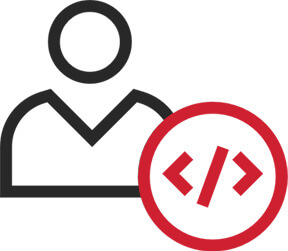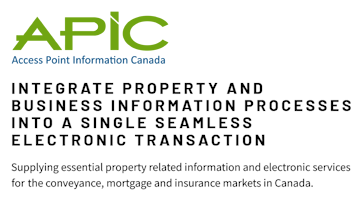Paradox: a statement or proposition that, despite sound (or apparently sound) reasoning from acceptable premises, leads to a conclusion that seems senseless, logically unacceptable, or self-contradictory.
I need to look at things differently.
Everyone else is thinking the same way.
I better keeping thinking the same way, what if I’m wrong?
It seems to me that most of us are happy to be agreeable when it comes to our perspective about how the world works, especially in business. LinkedIn is a great example of individuals that find some sense of mental piece knowing that they think like the rest of the group. It’s like a fine line in the sand that very few are willing to cross, the question is “Why?”
I imagine that there are many reasons, but at the heart of it, I believe it’s the fear of being wrong, perhaps even being considered the, “Odd Duck.” LinkedIn is really a haven for the safe thinkers, those that aren’t or willing to challenge conventional wisdom. This became an epiphany for me several years ago when I started challenging everything that I had always believed and decided, what if I’m wrong and what if we are all wrong? When I came to this realization it was quite liberating. However, the down side was trying to open other people’s possibilities to thinking differently, that requires a monumental effort.
Here are some simple of examples of how my thinking has changed:
- You can motivate people. Not really, and if you could, you’d be focusing your energy on the average performers – high performers are self-motivated
- Employee engagement is necessary to move the organizational needle. No it’s not. You’re still focusing on mediocre performers, focus on hiring high performers
- You can’t have a full understanding or appreciation for your professional discipline if you don’t take a macro look at what’s happening around the world, socially, environmentally, economically and the list goes on and on
- If there was one thing your organization should do well, is have the ability to identify and hire high performers. Everything else really doesn’t matter as much. Your time investment will be cut significantly
- If you don’t understand the Pareto Principle, you’re going to miss the opportunity to have an in-depth perspective on your organization
- Leadership is innate. All you need to do is look at the supporting data – $45B invested in leadership training, however, the number of effective leaders hasn’t really grown
- Just because you read something in a book, doesn’t make it true. Yes there are great writers, however look at the number of different opinions, stop trying to change your organization based on a book you read – it’s ridiculous
- Your organization’s performance can’t improve without embracing some form of coaching. No feedback, no improvement
- We don’t understand the fundamental principle of what trait is required for successful service organizations – friendly people. You can’t teach an unfriendly person to be friendly
Now, you could and probably would certainly disagree with some or all of what I’ve said. But here’s the problem – where’s your proof, where’s the supporting data?
I can defend my comments quite easily, but most individuals can’t. Now that doesn’t make me right in my thinking. I’m not interested in being right, I’m interested in doing the right thing.
Throughout my career I’ve made some very unusual predictions – many have come true, but at the time, I had an uphill battle trying to get others to see the world from a different perspective.
If you or if we, want to make a difference in our lives or in the lives of others, we need to challenge our thinking at every step. We used to say, if it isn’t broken, don’t break it, today, some of us would say, if it isn’t broken, break it and then rebuild it and make it better.
I don’t have to tell you the times in our history when people said, it can’t be done. There was a time where society believed the world was flat. I really don’t believe that much has changed. Many of us today still believe the world is somehow flat.
Do yourself a favor – don’t be afraid to cross that line in the sand, the other side can be very invigorating.
John Prpich, TalentBlueprint












